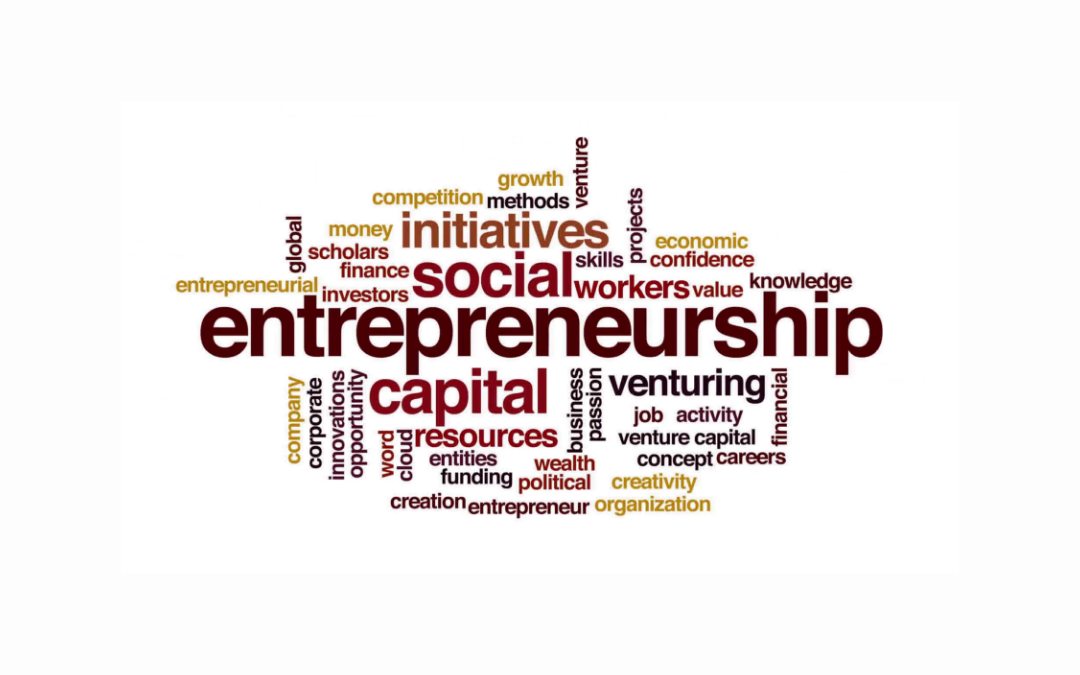A startup with a grand idea wants to be up and running as soon as possible. And like all new businesses coming from humble beginnings to establishing the quality of its model and products, the firm has developed steadily thanks to the generosity of friends, family, and the founders’ own financial resources.
The company’s customer base grows with time, and its activities and aims broaden. Soon after, the company had risen through the ranks of its rivals to become highly valued, paving the way for future growth, including new offices, workers, and potentially an IPO (IPO).
All this sounds so exciting that everyone wants to get their hands in it, some way or the other. Raising capital for your business can be a strenuous task and thus here’s a rundown on the things you would want to know before you go out for professional funding and pitch in front of the investors:
Point 1: Splitting The Pie
The basic concept of equity is the division of a pie. When you first start something, your slice of the pie is quite little.
When Google went public, Larry and Sergey each owned around 15% of the company. However, 15% was a little portion of a much larger pie.
Point 2: How Funding Works? – Cutting The Pie
As a business matures, it progresses through the fundraising stages; it’s normal for a company to start with a seed round and then go through A, B, and C capital rounds.
On the other side are potential investors. Investments are made in exchange for equity, i.e with the rise in the business of the firm the investors’ shareholding bags them returns on their investment.
Point 3: Seed, Series A, B, C, D, etc.
The initial step of formal equity fundraising is called seed funding. It usually denotes the initial formal funding that a firm or enterprise raises.
A company may choose Series A funding after which comes Series B, which is all about pushing it to the next level, once it has established a track record (an established user base, consistent sales statistics, or some other key performance indicator).
Businesses that advance to Series C and D fundraising rounds are already extremely successful and are likely to become well-known brands.
Point 4: The Funding Agreement
A funding agreement is a type of investment used by some institutional investors due to its low-risk and fixed-income qualities. The word usually refers to a two-party arrangement in which the issuer offers the investor a return on a lump-sum investment.
Point 5: You Have No Privacy
It takes a good sales job—and information—to persuade a financial backer to part with money. When seeking funding, you must be prepared to tell five, ten, or even fifty different people about your dependencies, what management’s capabilities and shortcomings are, and in some situations, you will be required to hand over your personal and corporate financial statements, as well as a position on your company’s board of directors.
Understanding the distinction between the rounds of raising capital, funding agreements and the dos and don’ts will help you decipher startup news and evaluate entrepreneurial prospects.








Leave A Comment